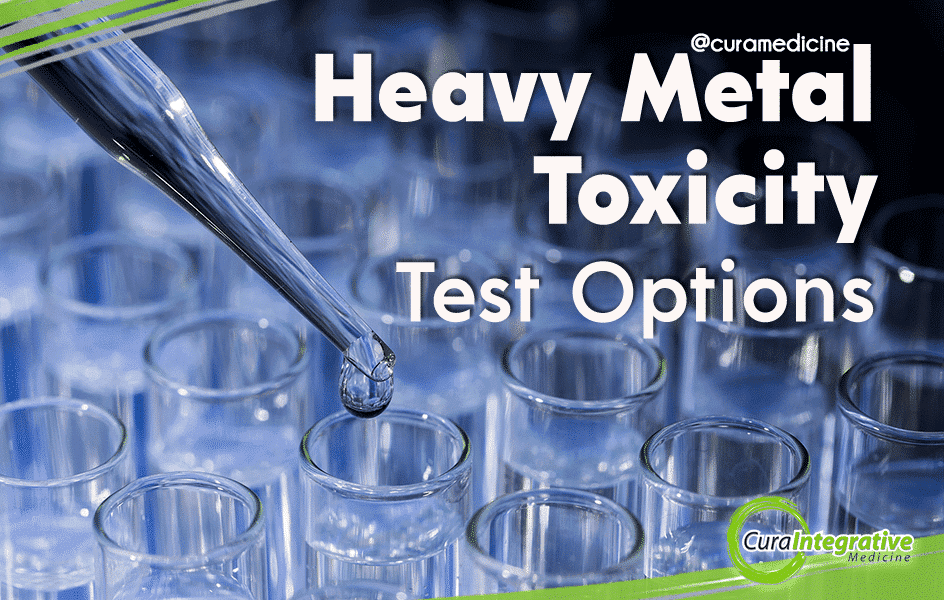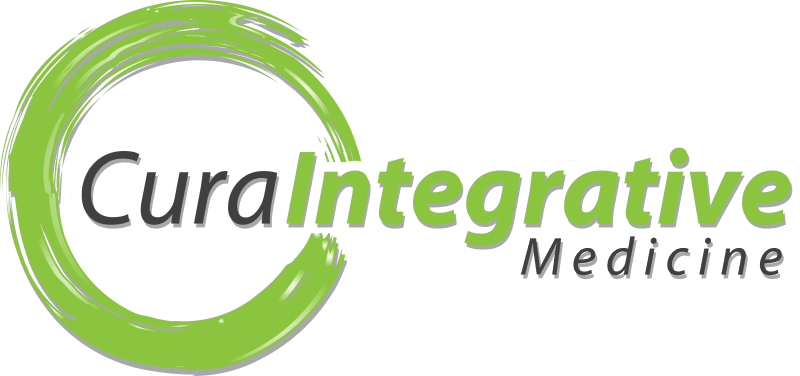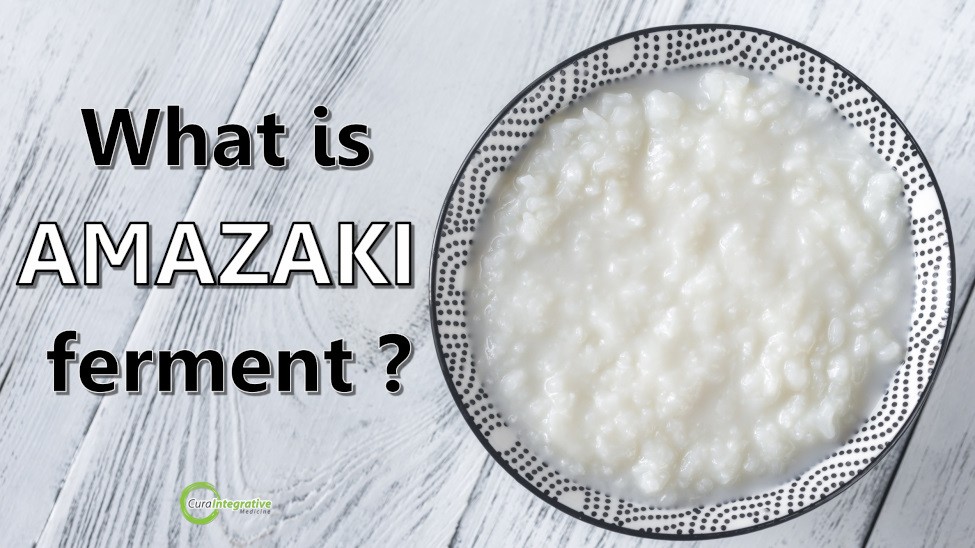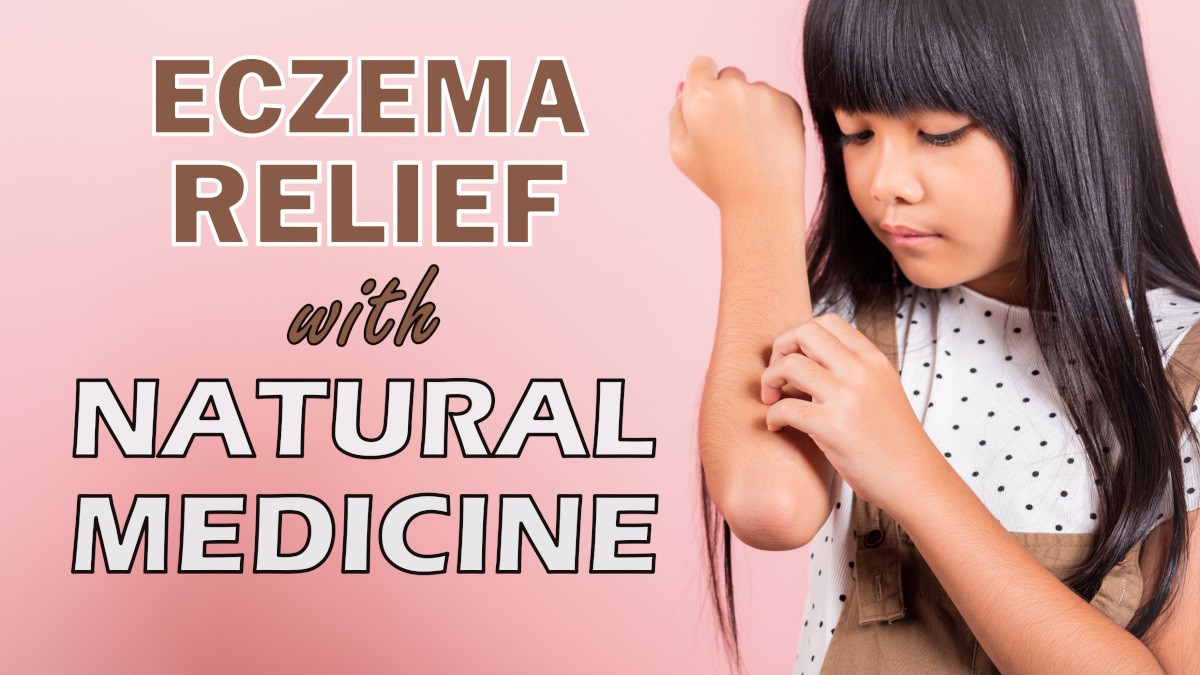Koji is a less known superfood found in a variety of macrobiotic foods. Containing Aspergillus oryzae, koji is used to make foods such as miso, amazaki and tamari. Read More…

Heavy Metal Toxicity test options
Posted 11 Feb '16
The first step
If you suspect you have been exposed to heavy metals or have heavy metal toxicity, get a test to see where you stand. The Cura clinic
recommends starting with a Mediscan hair mineral analysis.
A hair analysis can determine which heavy metals are overloading your body and measure the levels of each toxic metal as illustrated in a
simple bar graph showing acceptable and unacceptable reference ranges. It is important to note that often the hair result does not show
excretion toxins but it does show changes in other elements associated with toxicity. This is why it is important to have an experienced
practitioner read the results with clear knowledge of the mineral interactions.
The hair analysis also tells you which essential minerals your body is lacking, which it has too much of, and which important mineral ratios are imbalanced due to heavy metals and other nutritional deficiencies. Often hair results will show low levels of selenium, zinc, iron, calcium and molybdenum with heavy metal toxicity.Sometimes with lead toxicity, chromium, iron and manganese will be high, a protective response of the body to the high levels of lead.
Urinary Heavy metal Monitoring
When a patient has completed a hair analysis and we suspect that there is a high level of heavy metal toxicity, we can refer them for a
urinary heavy metal test through a pathology collection centre. This is only an accurate reflection of the true heavy metal load when the
metals are being detoxed.
Urinary heavy metals panels are used to assess and monitor excessive metal concentrations as they are removed from the body. Classically these urinary tests are used to monitor the chelation during pharmaceutical chelation therapy. This method drastically removes minerals and used in life threatening cases of poisoning.
Laboratories offer several different single heavy metals for testing. I will refer the patient for the the metals panel that corresponds to the person’s occupation, hobby, suspected exposure, and/or hair mineral analysis result. the most common heavy metals that are tested include:
- Lead
- Mercury
- Arsenic
- Cadmium
What are common symptoms of heavy metal toxicity?
The environment protection authority or similar government organisations in different countries set a level of “safe” exposure to heavy metals. Ideally zero exposure to heavy metals is preferred but since the environment is contaminated, an acceptable level has been established. Each individual with specific genetic, age, sex and constitutional make up will respond differently to heavy metal toxicity or exposure.
Some signs and symptoms of metal poisoning may include:
- Abdominal pain, nausea, vomiting, and diarrhea
- Nervous system symptoms such as numbness, tingling of hands and feet, weakness
- Anemia
- Kidney damage
- Liver damage or elevated liver enzymes in a liver function test
- Brain dysfunction, memory loss
- “Mees lines” (horizontal lines on nails)
- Changes in behaviour, eg aggression, anxiety or depression
- Malformed bones in children, weakened bones (especially in Cadmium and/or lead toxicity)
- In pregnant women – miscarriage, premature labor
If you think you may have been exposed to heavy metals or would like to test for them, get in touch. Contact the Cura clinic now or make an appointment to get started on testing.





